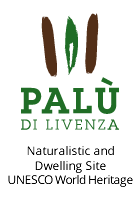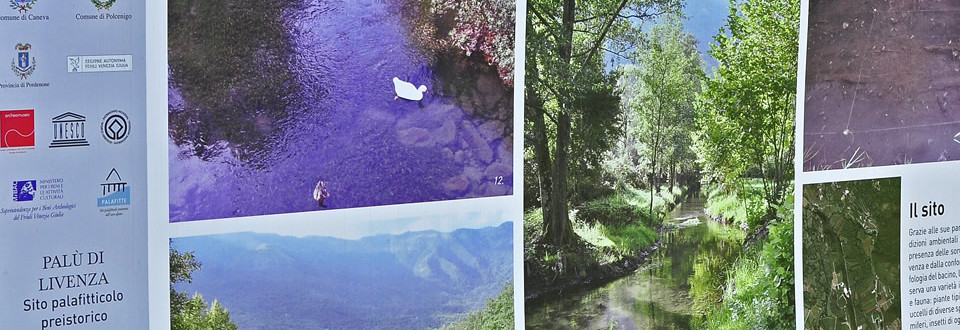The prehistoric dwellings in the Alps

June 27, 2011 is an important date for the citizens of the municipalities of Caneva and Polcenigo in the Province of Pordenone. On the occasion of the 35th session of the UNESCO World Heritage Committee, meeting in Paris, Palù di Livenza was inscribed on the UNESCO list of Prehistoric Pile Dwellings around the Alps.
This is a transnational serial site which extends over the territories of six countries (Switzerland, Austria, France, Germany, Italy and Slovenia) and includes a selection of 111 dwelling villages, believed to be the most interesting of the 1,000 known sites. The site consists of the remains of prehistoric settlements located on the shores of lakes or rivers or bogs, that have allowed an excellent preservation of organic materials. For Italy, it is the 47th site in the UNESCO list, while for the Friuli Venezia Giulia is the 4th, after Aquileia, Cividale del Friuli and the Dolomites.
 Italy, it is the 47th site in the UNESCO list, while for the Friuli Venezia Giulia is the 4th, after Aquileia, Cividale del Friuli and the Dolomites.
Italy, it is the 47th site in the UNESCO list, while for the Friuli Venezia Giulia is the 4th, after Aquileia, Cividale del Friuli and the Dolomites.
The admission in the list of UNESCO aims to protect archaeological sites: it requires Member States to the development of programs for management, monitoring and active intervention for the protection of cultural property registered. Experience has shown that, without adequate protective measures, many prehistoric pile-dwelling sites are at risk of destruction. The inclusion on the list also provides a mark of excellence that enhances awareness of uniqueness in the world of listed sites, creating a driving force for the development of cultural tourism and an opportunity to learn about places, sometimes not very well known to the local people themselves.
The prehistoric pile dwellings are an “invisible cultural heritage”: their potential emerges only from scientific excavations and detailed analysis of the numerous remains found, unlike all the other monuments that form the UNESCO World Heritage. The inscription means a great support for the efforts made by the various Countries of the Alps to preserve this heritage.
The dwelling villages are very important for understanding the development of the most ancient European civilization, constituting the testimony not only of a particular pattern of use of the land and its resources, but above all of cultural forms well adapted to natural environments such as wetlands are the Alpine region.
« Patrimonio naturalistico da scoprire Il contesto geomorfologico e le caratteristiche del bacino »



